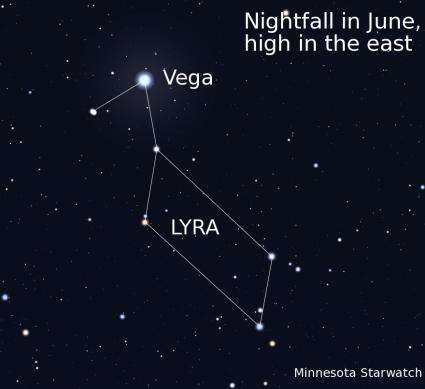Points North: How Will The Election Affect Conservation And The Environment?
| Attachment | Size |
|---|---|
| Finalcut_PN_20101112.mp3 | 5.47 MB |
Last week’s elections can be summed up by saying an angry swarm of voters descended on the nation’s polling places and stung like wasps. Since actions originating in anger rarely lead to positive outcomes, it will be interesting to see how well the new crowd does when it hits the wall built by the nation’s Establishment to protect its status quo. The Establishment resists change, whether it comes from Obama or the Tea Party.
On the state level, control of the legislature made a surprising shift from Democrat to Republican hands. Another way to put it is to say the metropolitan suburbs now run the legislature. This may lead to a shift in political priorities at the expense of rural communities and, more to the point, conservation and the environment.
Aside from the usual pandering to hunters and anglers from gubernatorial candidates, there was little talk about conservation and the environment during the campaign season, aside from the reports, primarily in Minnesota Outdoor News, of Tom Emmer’s past attempts to derail outdoor heritage funding and sell off public wildlife lands. Beyond that, conservation and the environment really didn’t seem to be on the political radar screen.
This may soon change. Minnesota is flat-out broke and conservation spending, though a pittance of the state budget, is low-hanging fruit for politicians coping with a sea of red ink. It may prove relatively easy to zero out funding for various conservation programs. It's particularly troubling that politicians may be able to get away with doing so.
Look around. Defenders of wild places and the environment are few in number and hardly relevant. The conservation nonprofits are flocked like ravens around the gut pile of Outdoor Heritage funding. Don’t look to them to come forward to defend conservation on a political front if doing so may mean they lose their place at the gut pile. It is darned unlikely any of them will develop or defend a significant conservation agenda.
As for the environmental movement, does it still exist in this state? The Pawlenty administration largely blocked environmentalists from sitting at the policy-making table and they meekly stood outside looking in. More importantly, the youthful fire in the belly that fueled environmentalism in the ‘60s and ‘70s seems to have smoldered as that era’s environmentalists aged. Environmental organizations have not replenished their ranks with a new generation of passionate activists. It is difficult to imagine today’s environmentalists fighting a pitched battle to protect the environment.
Another likely occurrence will be a thinning of the professional ranks within the DNR and related state agencies. I’ve talked to old hands in the DNR who say they may not stick around if basic conservation is minimized by politicians. Here again, the ranks of up-and-comers are mighty thin. And among the up-and-comers, real-world experience with nature and outdoor activities is sadly lacking. In the future, the outdoors as an abstract perspective will almost certainly affect natural resource management.
So who will protect your favorite Wildlife Management Area or State Forest if the legislature decides to put it up for sale? Who will step forward and say, “Hey, this isn’t right!” if politicians eliminate funding for natural resource programs? And, aside from feel-good measures such as youth hunts or free fishing days, who will champion natural resource initiatives intended to make a positive difference for conservation and the environment?
Perhaps it will take a clear and present threat to our natural resources to inspire a new generation of conservationists to action. Or perhaps our natural resources will gradually decline from political indifference and benign neglect. For the short term, enough gray-muzzled conservationists remain to fight the good fight. But they won’t be with us forever.
Did Oberstar have it coming?
Democratic Congressman James Oberstar was apparently surprised to lose the 8th District seat he’d held for four decades to Republican political upstart Chip Cravaack. To this longtime resident of his district, Oberstar seemed to be barely visible during the campaign, while Cravaack’s team peppered the Northland with yard signs and other political advertising. The race was tight, but Cravaack squeaked out enough votes for a clear victory.
Talking with folks in the district after the election, one got the sense Oberstar may have had it coming. It wasn’t hard to find people, even Democrats, who at some point had a less than satisfying experience with the congressman or his staff. Even Cravaack said he decided to run after being frustrated with Oberstar’s staff's response to his request to hold a town hall meeting on the topic of health care. They say all politics is local. It is no small part of a politician’s job to respond to requests and needs of local constituents. When citizens call a politician’s office, it is often because they have nowhere else to turn.
Partisan politics aside, the biggest change resulting from the Cravaack-Oberstar contest is geographical. For the first time, northeastern Minnesotans will be represented in Congress by a guy from the Twin Cities suburbs. It remains to be seen if Cravaack is what folks living in Duluth and points north refer to as a “citiot" or if he understands and respects our local culture or our natural resource economy based on taconite, timber and tourism. For now, we’ll give him the benefit of the doubt, but the honeymoon may be brief. After all, all politics is local.
Tweet






